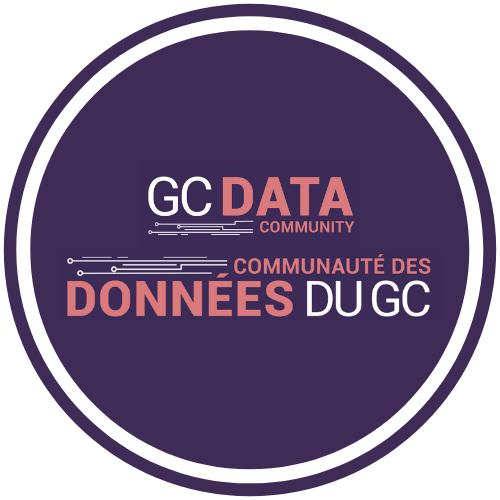Immigration, Refugees and Citizenship Canada using geospatial mapping to understand migration health matters.
Contributor
Migration Health Branch
IRCC
Transcript
Welcome, everyone. The following presentation will provide an overview of the Geospatial Mapping Initiative developed at the Migration Health Branch of IRCC in partnership with the Geospatial Program of Operations, Planning and Performance Branch of IRCC.
MHB is the centre of expertise for migration health matters. Our mandate includes the delivery of health screening under IRPA in order to protect the health and safety of Canadians and to reduce and prevent excessive demand on Canada's health and social services.
Individuals applying to Canada complete an immigration medical examination with the panel physician.
Worldwide, our panel member network is comprised of over 2,000 panel physicians and radiologists. Management of MHB's panel member network includes various steps and the collection of data from various sources, which is stored on multiple platforms, making the process tedious and difficult to manage. In an effort to consolidate data and simplify the management of the network, a geo mapping platform was developed through a partnership with Geospatial Program in OPPB, of IRCC. It is highly visual, interactive, easily accessible and can be viewed by internal and external stakeholders. Data on the panel physicians, clinic address and IME volumes were collected and displayed.
What does the geo mapping tool look like? In the figure below, we're showing a map of each clinic. Here we are showing a map of the panel positions. We have the ability to obtain specific information on a particular physician or radiologist. And we also have the ability to obtain information on the IME volumes that were conducted.
Throughout the project, there have been a number of challenges, including the lack of a global standard for how addresses are captured, the need to translate the clinic address into X and Y coordinates, and finally ensuring that the correct data was captured in the tool. The solutions to these issues include standardization of the addresses, improvements in getting X and Y coordinates through various tools and an ongoing collaboration between MHB and OPPB to validate the data. Our next steps and future goals include enhancing what is currently about increasing the functionality of the mapping tool and finally replacing the existing web page layout on the IRCC website and making updates in real time. Thank you very much. If you have any questions, please don't hesitate to contact MHB directly.
Courses

Discover Series: Discover Data

